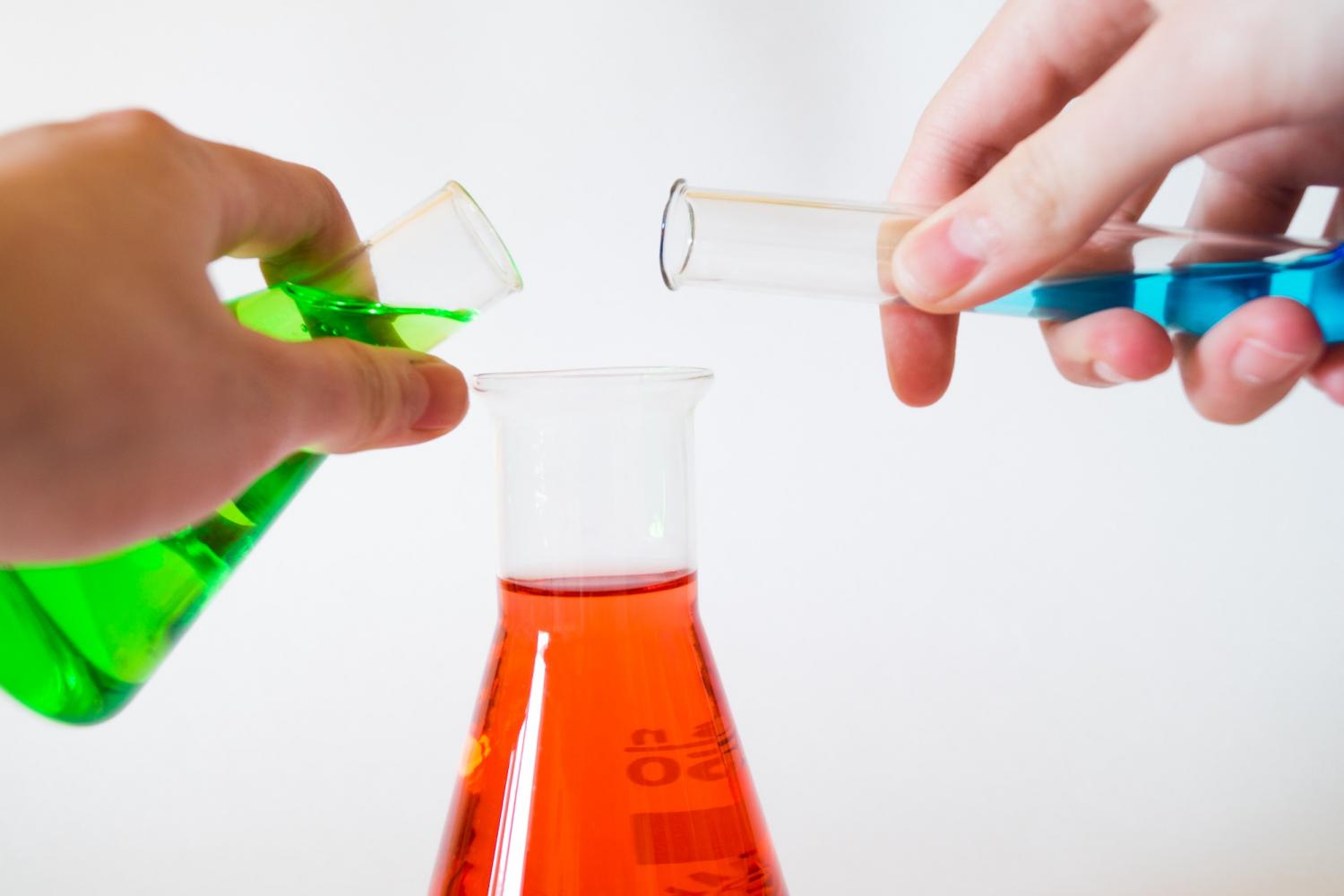
Behind the scenes of many corporate sustainability commitments are improved chemical processes that reduce environmental impact, also called green chemistry. So, what is green chemistry, and why does it matter to business?
Essentially, green chemistry refers to creating alternatives to potentially hazardous substances and redesigning chemical processes in a way that reduces waste and improves resource efficiency.
In the U.S., the American Chemical Society—which codified the 12 Principles of Green Chemistry in the 1990s—advocates for the field on a bottom-line basis: “We can do all of this and still maintain economic growth and opportunities while providing affordable products and services to a growing world population.”
The green chemistry conundrum
That’s all well and good, but it does not account for consumer behavior.
In some respects, global brands are victims of their own success. Once attached to a brand, loyal consumers are reluctant to change, and brands become wary of changing the product formulas that those customers know and love.
Jeffrey Whitford, head of corporate responsibility and branding for the research and biotech company MilliporeSigma, described the challenge last week in an interview with TriplePundit.
“The impetus for change is quite low because why are you going to mess around with something that works, and switch to something that may or may not work,” he explained. “Even scientists struggle to talk about this.”
Some consumers may be reluctant to try less toxic products, such as personal care and household cleansers, due to a perception that they are not as effective as the conventional products they are meant to replace, Whitford noted. Others who use greener products exhibit something he called the “green deficit,” in which they overuse the product in an effort to make sure it performs effectively.
“At the end of the day, science is driving the formulations of the products we use on a daily basis," Whitford said. "The challenge is: Can we help raise awareness so people can understand what green chemistry can do to reduce hazards and toxicity? That’s the tipping point we’re at today.”
Consumer awareness is key
Many consumers are already familiar with green chemistry in the form of bio-based personal care and household products. Consumer awareness in that area can transfer to other sectors, helping to create a broader demand for products based on green chemistry, Whitford explained.
One good example is in agriculture, where consumers are beginning to demand fresh produce and processed foods that eliminate or minimize the use of toxic pesticides and fertilizers. But the challenge of building awareness becomes more difficult when the field of impact extends to new areas of consumer consciousness.
“Among the things you wouldn’t think about, leather processing is a good example. Chromium is used for tanning the leather for that comfy leather sofa,” Whitford explained.
There are significant environmental and public health impacts associated with chromium tanning, including water and soil contamination, as well as worker risks from mishandling chromium metal. And these impacts tend to fall on the most vulnerable communities globally, Whitford said. In addition, health researchers have accumulated evidence of allergic reactions in consumers exposed to chromium-tanned leather.
Still, consumer awareness of these issues remains low. Although ATP Atelier and several other leading brands are marketing vegetable-tanned accessories under the description “metal-free” leather, consumers don’t necessarily realize that refers to the tanning process.
Public knowledge of the chemicals used to produce clothing that is wrinkle-free, stain resistant or waterproof is similarly minimal. And apparel is far from the only mainstream consumer segment where manufacturing processes like these fly under the radar.
Green chemistry and transparency
The 12 Principles of Green Chemistry offer a framework for identifying more sustainable and less toxic chemical processes, but they don't detail how to measure performance.
Released in 2017, MilliporeSigma’s DOZN is a quantitative scoring tool for companies seeking to measure their alignment with those 12 principles. By condensing multiple variables into a single score between zero and 100, researchers, scientists and manufacturers can easily see the impact of alternative products.
Launched in May, the second iteration of the platform, dubbed DOZN 2.0, allows comparisons between entire chemical processes, rather than only assessing a single product, Whitford wrote in a blog post earlier this year.
The thought process is that by making complex metrics more understandable, companies will become more willing to change up their formulas. And, importantly, they'll have more information to share with customers, paving the way for brand differentiation around green chemistry.
“The piece we’re trying to add is more transparency in data,” Whitford told us. “Awareness is huge. Awareness brings questions, questions bring action, and action brings quantification.”
Image credits: Alex Kondratiev and Louis Reed via Unsplash

Tina writes frequently for TriplePundit and other websites, with a focus on military, government and corporate sustainability, clean tech research and emerging energy technologies. She is a former Deputy Director of Public Affairs of the New York City Department of Environmental Protection, and author of books and articles on recycling and other conservation themes.














